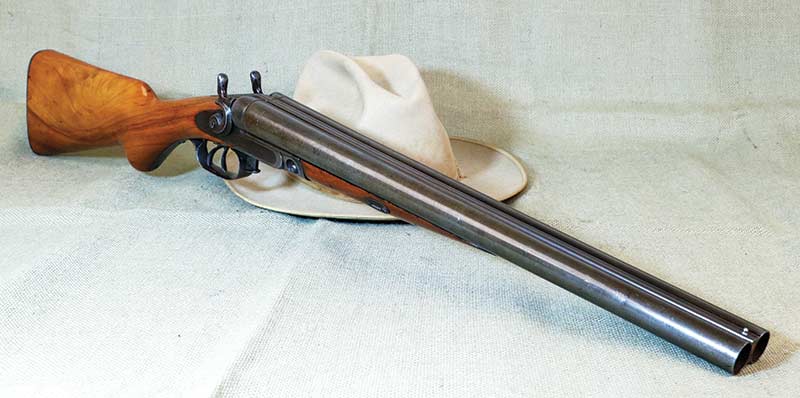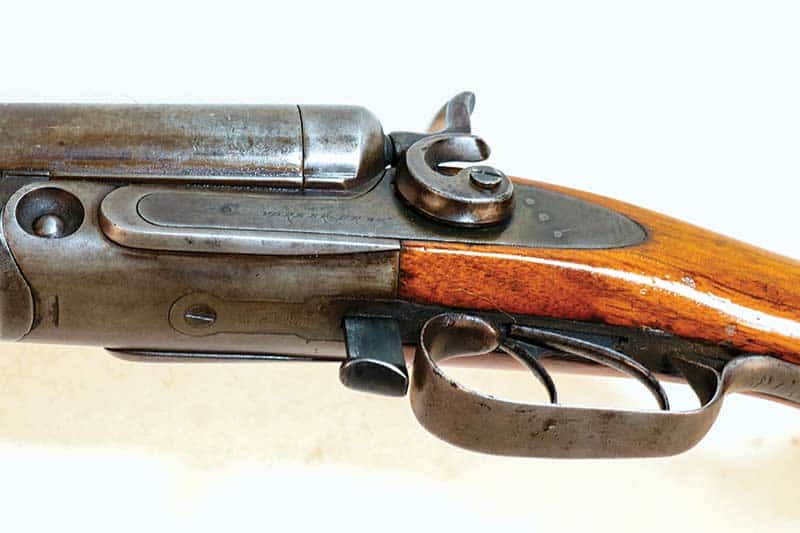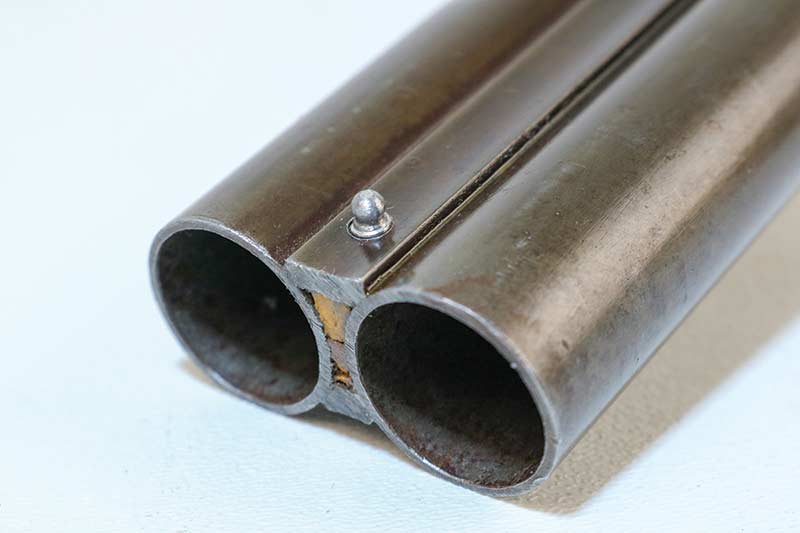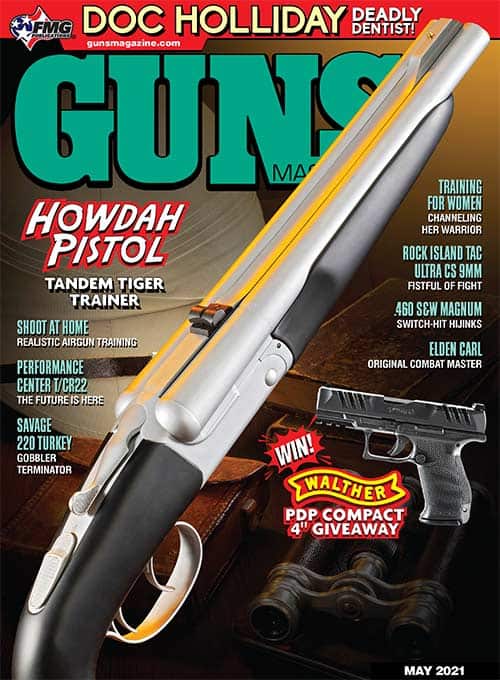A Respectable Profession
Doc Holliday had a knack for gambling. At this time in this place the career of professional gambler was both respectable and accepted. In 1877 he was shot and grievously wounded over a dispute with a fellow gambler named Frank Kahn. Holliday had previously beaten the man with his walking stick. With the assistance of a cousin, Holliday eventually recovered.
Doc Holliday first met Wyatt Earp in Fort Griffin, Texas, while Earp was pursuing a ruffian named “Dirty” Dave Rudabaugh. Later Earp and Holliday found themselves in Dodge City, Kansas. A group of rowdy ne’er-do-wells led by cowboys Tobe Driscall and Ed Morrison rode into town and shot up the place. When Marshal Wyatt Earp confronted the men in the Long Branch Saloon he found himself badly outnumbered.
Holliday was playing cards and observed the local Marshal’s dire situation. Doc surreptitiously slipped up behind the cowboy leader Ed Morrison and put his gun to the back of the man’s head, thereby disarming the unruly mob. Holliday had Earp’s friendship ever after.










